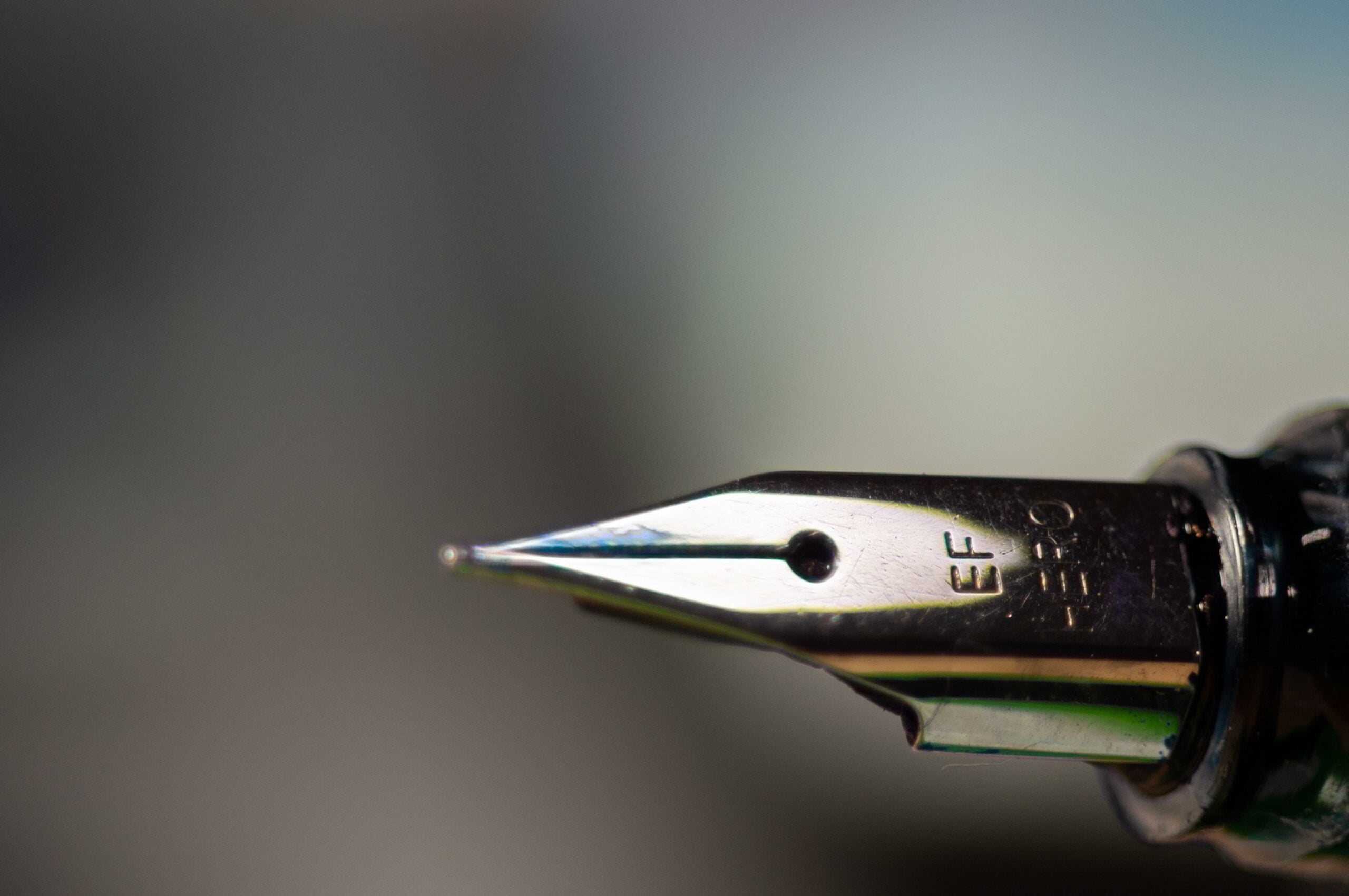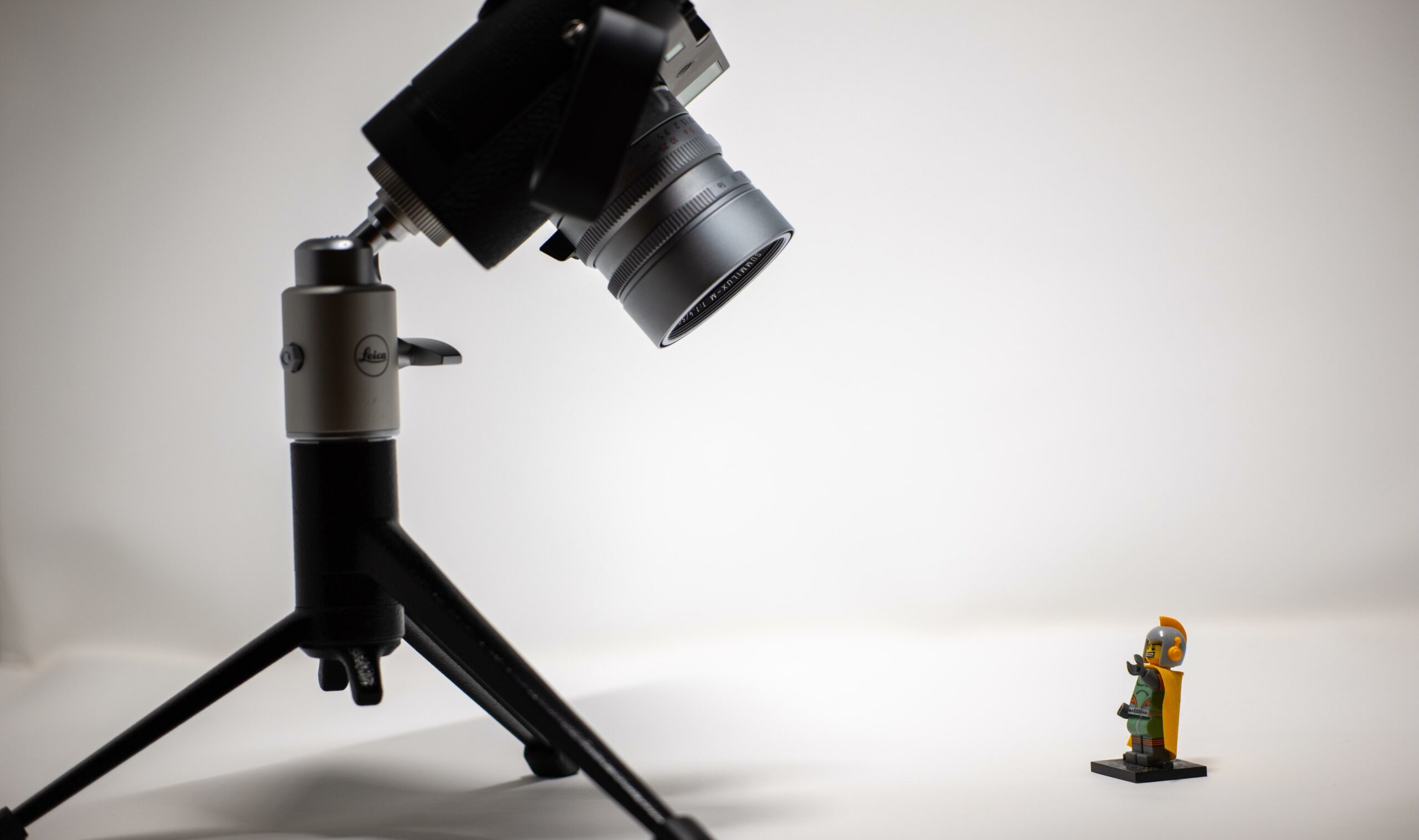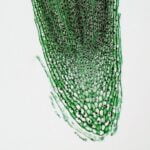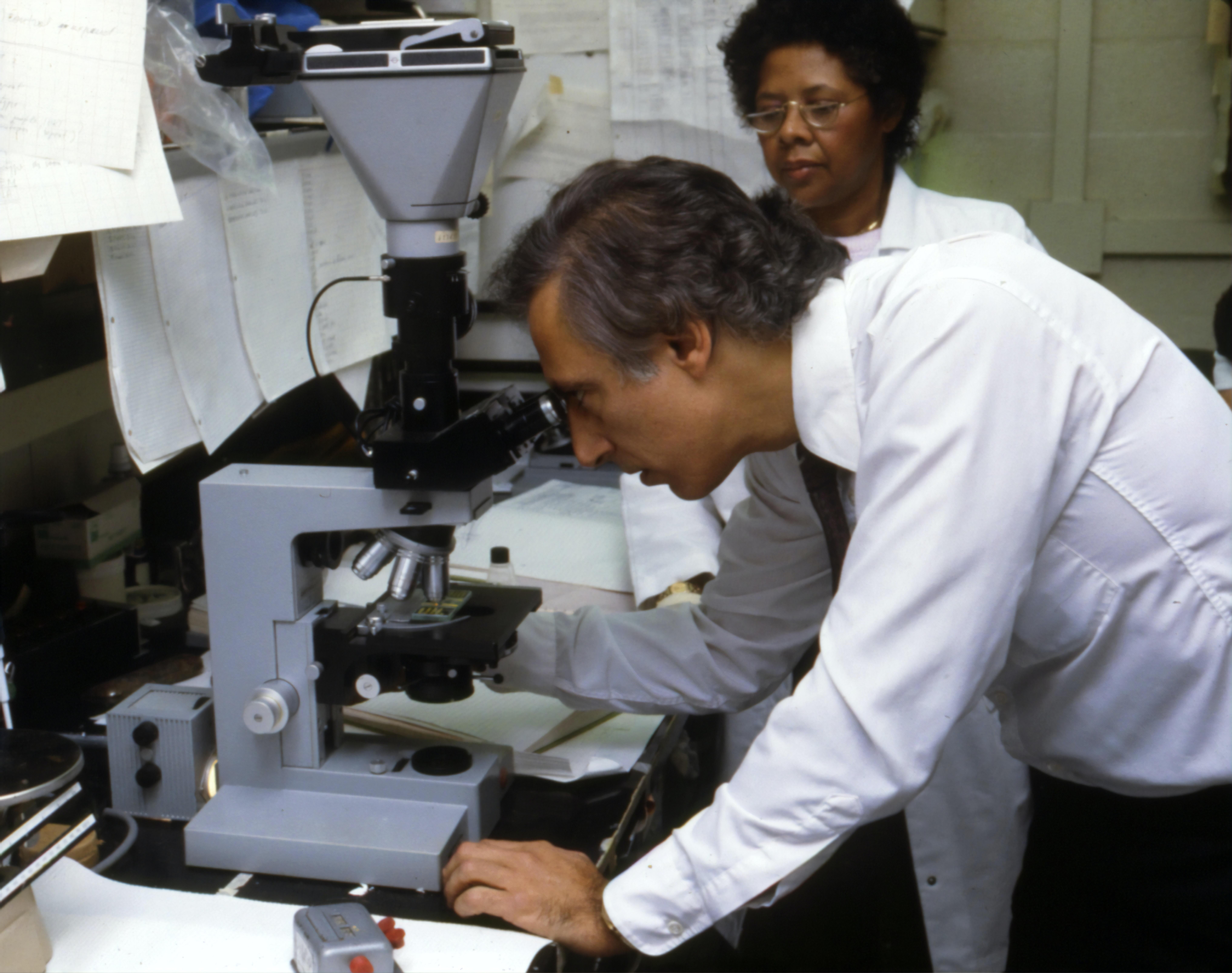Are you ready to embark on a journey into the mesmerizing world of microscopy? In this article, we will uncover five fascinating facts about the microscope that will leave you in awe of its capabilities. From its humble beginnings to its remarkable advancements, the microscope has revolutionized our understanding of the hidden wonders that lie beyond the naked eye. Get ready to delve into a universe filled with minuscule organisms, intricate cellular structures, and mind-boggling discoveries. Brace yourself for a thrilling ride as we unveil the microscope’s secrets and unlock the door to a whole new dimension of scientific exploration.

Fascinating Facts About the Microscope
When it comes to exploring the wonders of the microscopic world, the microscope is an indispensable tool. Let’s dive into some captivating facts about the microscope that will amaze and enlighten you.
The Birth of Microscopy: A Journey Through Time
To truly appreciate the marvels of the microscope, we must delve into its rich history. Did you know that microscopes have been used for over 3,000 years? These remarkable instruments have evolved from simple devices to highly advanced machines that reveal intricate details of the invisible world.
It all started with the invention of the first microscope. Surprisingly, it wasn’t intended for scientific exploration, but rather for examining insects. This groundbreaking microscope was developed by Zacharias Janssen and Hans Janssen. Little did they know that their invention would pave the way for revolutionary scientific discoveries.
Types of Microscopes: Unveiling the Magnifying Power
Now, let’s explore the incredible magnifying power behind every microscope. Whether we’re peering through a light microscope, an electron microscope, or even a classroom microscope, they all share one common element that boosts their magnification: the objective lenses.
Imagine looking at a tiny object under a microscope. As you switch to higher-powered objectives, the object seems to magically grow larger and more detailed. It’s like zooming in on a photograph, but at a microscopic level. With the help of these lenses, we can magnify an object millions of times, uncovering hidden worlds that the naked eye simply can’t see.
Beyond the Limits: The Reign of Electron Microscopes
When it comes to pushing the boundaries of magnifications, electron microscopes steal the spotlight. These powerful instruments were developed by Knoll and Ruska, granting scientists the ability to delve deeper into the microscopic realm. In fact, the resolving power of an electron microscope is 1000 times greater than that of a light microscope!
With electron microscopes, we can capture mind-boggling three-dimensional images through the ingenious use of scanning electron microscopy. This technique allows us to explore the intricate details of objects, whether they are biological samples or inanimate materials.
Microscopes: Revolutionizing Science and Medicine
Microscopes have undoubtedly played a pivotal role in advancing our understanding of the natural world. They have revolutionized scientific fields, particularly in medicine. Thanks to microscopes, we can observe the intricate structures of cells, unravel the complexities of their organelles, and gain valuable insights into the inner workings of living organisms.
Imagine the impact microscopes have had on modern medicine. They have paved the way for groundbreaking discoveries, enabling us to diagnose diseases, develop life-saving medications, and perform intricate surgeries. Without microscopes, the medical landscape would be drastically different.
Unveiling the Microscope Wonders: A Journey Continues
In conclusion, the microscope is a true marvel of scientific ingenuity. Its ability to unveil the hidden beauty and complexity of the microscopic world is truly awe-inspiring. From the humble beginnings of insect examination to the intricate realm of electron microscopy, the microscope has forever changed the way we view and understand the world around us.
So, the next time you come across a microscope, take a moment to appreciate its incredible history, its remarkable magnifying power, and the countless contributions it has made to science and medicine. The microscope truly deserves its place in the limelight.
“Through the lens of the microscope, a whole new world unfolds, revealing the astonishing wonders that lie beyond our everyday perception.”
Facts about the microscope are always intriguing, but have you ever wondered about interesting facts about the electron microscope? Known for its incredible magnification power, the electron microscope allows scientists to delve into the mysteries of the microscopic world like never before. If you’re curious to learn more about this amazing tool, click here for some mind-blowing facts about the electron microscope.
Speaking of microscopes, did you know that they have various uses? From examining tiny organisms to studying intricate cell structures, the microscope plays a crucial role in scientific research. Discover the fascinating world of microscopy and its diverse applications by clicking here to explore the uses of microscopes.
While we’re on the topic of microscopes, let’s talk about the compound microscope. This type of microscope utilizes multiple lenses to provide high magnification and clear imaging. If you’re interested in learning more about the compound microscope and its functions, click here for some fascinating facts.
Another interesting aspect of microscopy is discovering fun facts about the microscope itself. Did you know that the first microscope was invented in the late 16th century? It’s incredible to think about how this invention has revolutionized our understanding of the microscopic realm. If you want to uncover more intriguing facts about the microscope, click here for a fun fact-filled journey.
Intrigued by the world of microscopes? Here’s a bonus: I’ll provide you with not just one, but three amazing facts about the microscope. Are you ready to be amazed? Click here to uncover these mind-boggling facts.
Microscopes are not just for scientists – they can be equally fascinating for kids too! If you’re looking for captivating facts about the microscope specifically tailored for kids, look no further. Click here to discover exciting facts about the microscope compiled with young learners in mind.
Now, let’s dive deeper into the realm of compound microscopes. These powerful instruments are widely used in various scientific fields, allowing researchers to examine objects with exceptional resolution. If you’re keen on expanding your knowledge about compound microscopes, click here for some intriguing facts.
While compound microscopes are commonly known, have you ever explored the world of light microscopes? These microscopes use visible light to magnify objects, enabling scientists to examine samples from a wide range of disciplines. If you’re curious to learn more about light microscopes and their incredible capabilities, click here for some fascinating facts.
Have you ever heard of the stereo microscope? This unique type of microscope provides a three-dimensional view, making it ideal for intricate work and dissections. If you’re curious about the stereo microscope and how it differs from other types, click here for some intriguing facts.
Here’s another amazing fact about the compound microscope: it has evolved over time to cater to different needs. Click here to explore fascinating facts about compound microscopes throughout history and their groundbreaking contributions to scientific advancements.
Speaking of incredible facts, did you know that the microscope has more secrets to unveil? With a whopping total of ten interesting facts, you’ll be astounded by all the wonders this powerful instrument holds. Click here to embark on a fascinating journey and discover these ten mind-blowing facts about the microscope.
Microscopes come in many shapes and forms. Have you ever wondered about the different types of microscopes available? Click here to explore the vast world of microscopy and learn about various types of microscopes and their unique features.
Get ready to be amazed once again with five more intriguing facts about the microscope. From historical discoveries to cutting-edge technologies, these facts will surely captivate your imagination. Click here to delve into this treasure trove of microscope knowledge.
On the topic of microscopes, we can’t forget about the incredible individuals who have contributed to their invention and development. Ever wondered who invented the microscope? Click here to uncover the fascinating story behind this groundbreaking invention.
Last but not least, let’s end with some fun facts about the microscope. Did you know that the average microscope can magnify objects up to 2000 times their original size? Prepare to be dazzled by more astonishing facts by clicking here.
So, whether you’re interested in electron microscopes, compound microscopes, or just want to explore some fascinating facts about the microscope, these links will take you on an exciting journey through the microscopic world. Happy exploring!
5 Facts About the Microscope
Microscopes have always held a captivating allure for scientists and curious minds alike. Through their remarkable capabilities, they allow us to unlock a world hidden from our naked eyes. But beyond their magnifying powers, there are intriguing facts about microscopes that are worth exploring. Let’s delve into the fascinating world of microscopy and uncover five remarkable facts about these essential scientific tools.
Fact 1: The Microscope’s Humble Beginnings
Did you know that the first microscopes were actually used to study insects? Imagine the curiosity and wonder that filled the minds of those early pioneers as they peered into the intricate world of these small creatures. The ability to observe tiny structures and glean insights into their behavior opened up new avenues of scientific exploration. This early use of microscopes paved the way for the groundbreaking discoveries that followed.
“The microscope’s journey began by scrutinizing the miniature worlds of insects, instilling a sense of awe and curiosity in early explorers.”
Fact 2: A Salute to Galileo Galilei
Have you ever wondered where the term “microscope” originated? It turns out this esteemed name was chosen as a tribute to none other than the renowned physicist, Galileo Galilei. Galileo’s inventions and contributions to scientific understanding were revolutionary, and the microscope’s creators sought to honor his genius by associating his name with their marvelous invention. So every time you utter the word “microscope,” you’re paying homage to Galileo and his extraordinary legacy.
“Microscopes bear the name of Galileo, a testament to his indelible mark on the scientific world.”
Fact 3: Robert Hooke and the Discovery of the Cell
When it comes to exploring the microscopic realm, Robert Hooke stands as a pivotal figure. In 1665, Hooke made a ground-shaking discovery while examining a thin slice of cork under his microscope. He noticed a series of small, distinct compartments within the structure and coined them “cells” due to their resemblance to the cells of a monastery. This revelation marked the birth of cell biology and forever transformed our understanding of life at its most fundamental level.
“Robert Hooke’s microscope unveiled a hidden world, unveiling a fundamental building block of life – the cell.”
Fact 4: From Simple to Stunning Magnification
In the early days of microscopes, the magnifying power was far more limited than what we enjoy today. The first single-lens microscopes, developed in the 17th century, could magnify objects up to approximately 270 times. While this may seem modest compared to modern microscopes, it was a groundbreaking achievement at the time. These early instruments opened our eyes to new dimensions and set the stage for the astonishing magnification capabilities we now harness.
“The first microscopes presented us with a world magnified 270-fold, paving the way for the incredible zooming powers we possess today.”
Fact 5: The Father of Microscopy
Anthony Leeuwenhoek, a Dutch scientist, is widely regarded as the father of microscopy. In the late 17th century, Leeuwenhoek meticulously crafted his own microscopes and devoted countless hours to perfecting their design. With his groundbreaking instruments, he made numerous groundbreaking discoveries, including the first observations of blood cells, bacteria, and spermatozoa. Leeuwenhoek’s fervent passion for exploring the microscopic realm paved the way for future generations of scientists to unravel the intricate mysteries of life on a minuscule scale.
“Anthony Leeuwenhoek’s pioneering spirit and meticulous craftsmanship established him as the father of microscopy, forever leaving his mark on the scientific world.”
Through these five fascinating facts, we can catch a glimpse of the remarkable journey that microscopes have taken and the profound impact they have had on our understanding of the world. From the humble beginnings of insect exploration to the revolutionary discovery of cells, microscopes have opened our eyes to unseen wonders. They continue to serve as indispensable tools for scientists, unveiling the hidden realms that surround us, waiting to be discovered.
So the next time you gaze through the eyepiece of a microscope, take a moment to appreciate the intricate history, immense capabilities, and the unwavering dedication of those who have paved the way in this captivating field.
Table:
| Fact | Description |
|---|---|
| 1 | Microscopes were first used to study insects |
| 2 | The term “microscope” was chosen in honor of Galileo Galilei |
| 3 | Robert Hooke discovered cells with a microscope |
| 4 | The first single-lens microscopes could magnify up to 270 times |
| 5 | Anthony Leeuwenhoek is considered the father of microscopy |
FAQ
Question 1
What were the first microscopes used to study?
Answer 1
The first microscopes were used to study insects.
Question 2
Who is considered the father of microscopy?
Answer 2
The father of microscopy is considered to be Anthony Leeuwenhoek.
Question 3
Who invented the first microscope?
Answer 3
The first microscope was invented by Zacharias Janssen and Hans Janssen.
Question 4
What is the maximum useful magnification of a microscope dependent on?
Answer 4
The maximum useful magnification of a microscope depends on its resolving power.
Question 5
What can an electron microscope magnify an object up to?
Answer 5
An object can be magnified millions of times by an electron microscope.
- Senior at What Age: Benefits & Eligibility Guide - March 29, 2025
- Unlocking Senior Benefits: How Old is a Senior? Your Complete Guide - March 29, 2025
- Master Russian Politeness:A Guide to Saying Please - March 29, 2025
















